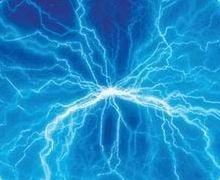Mechanics, dynamical systems and modelling
In this specialisation within applied and computational mathematics, the main emphasis is placed on the modelling in time and space of large numbers of "particles" that interact with each other and with the environment.
Main content
The dynamics of such systems are expressed by ordinary and partial differential equations for quantities such as density and velocity. These can be studied at different scales (in time and space) and therefore at different levels of detail, e.g. the quantities at a micro level can be expressed at a macro level in a mean sense. In the models, statistical mechanical descriptions are often useful. The dynamical equations are studied and solved both analytically and numerically. The systems of particles can, for example, be models of
- (i): physical gases that consist of neutral and/or charged particles (plasma) in laboratory experiments or in nature (the universe), where the equations express the relevant physical laws,
- (ii): various molecules and their migration/transport in physiological systems and organs and between different vascular systems (e.g. blood, lymph),
- (iii): living organisms such as zooplankton in biological/zoological systems and their interactions among themselves and responses (e.g. swarm formation) due to external stimuli (e.g. predators).
Applications for transport in porous media (see reservoir mechanics) and for special studies where fluid mechanics is central (see hydrodynamics) must also be mentioned.
Are you interested? Please contact Alf Øien.
